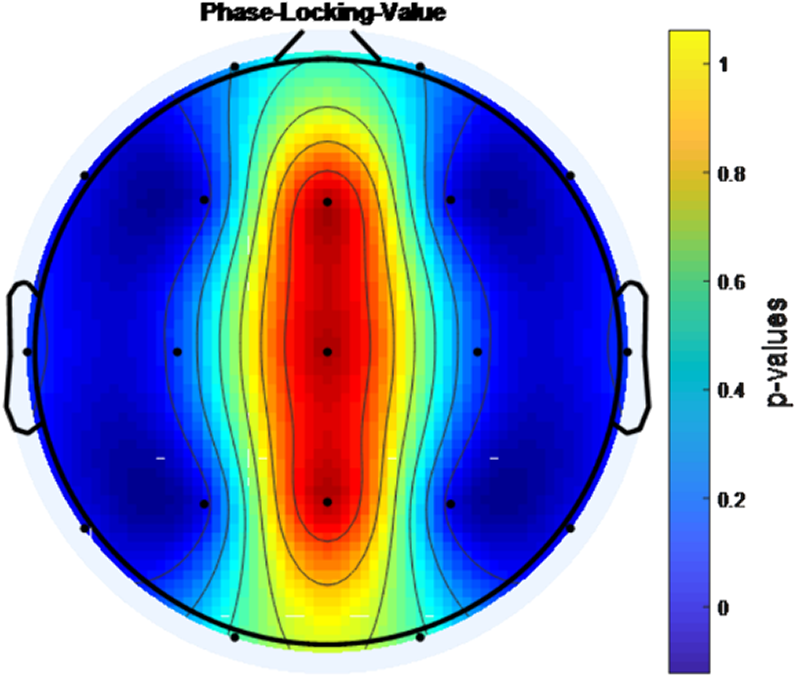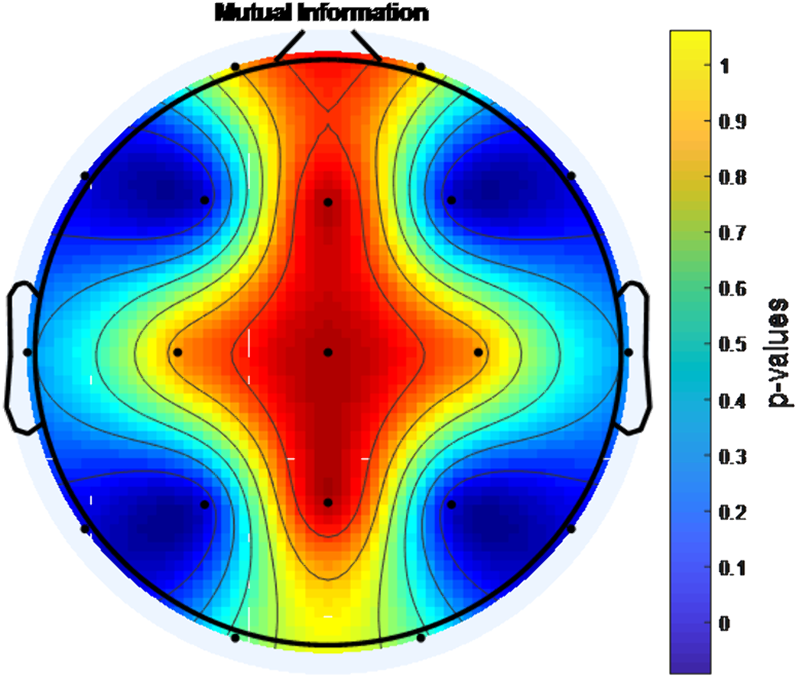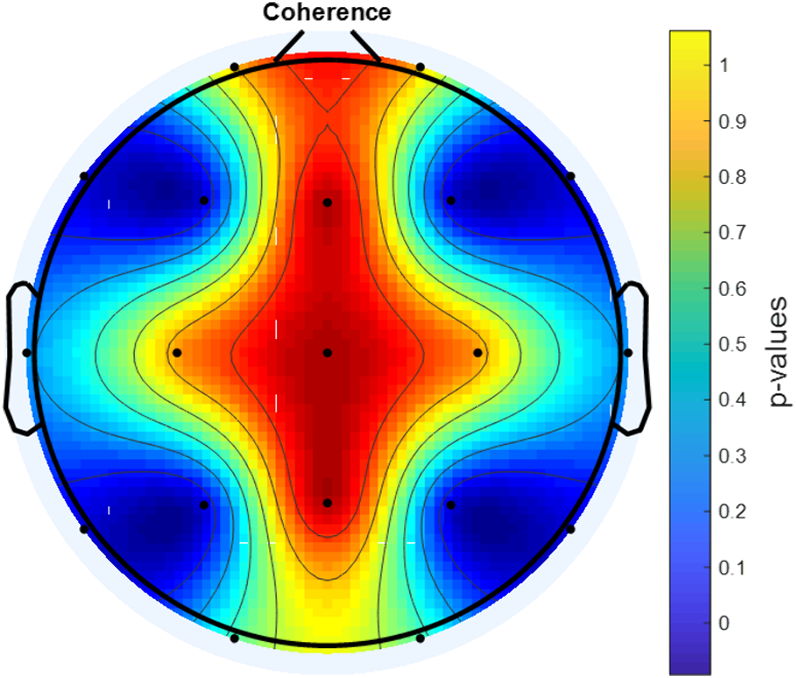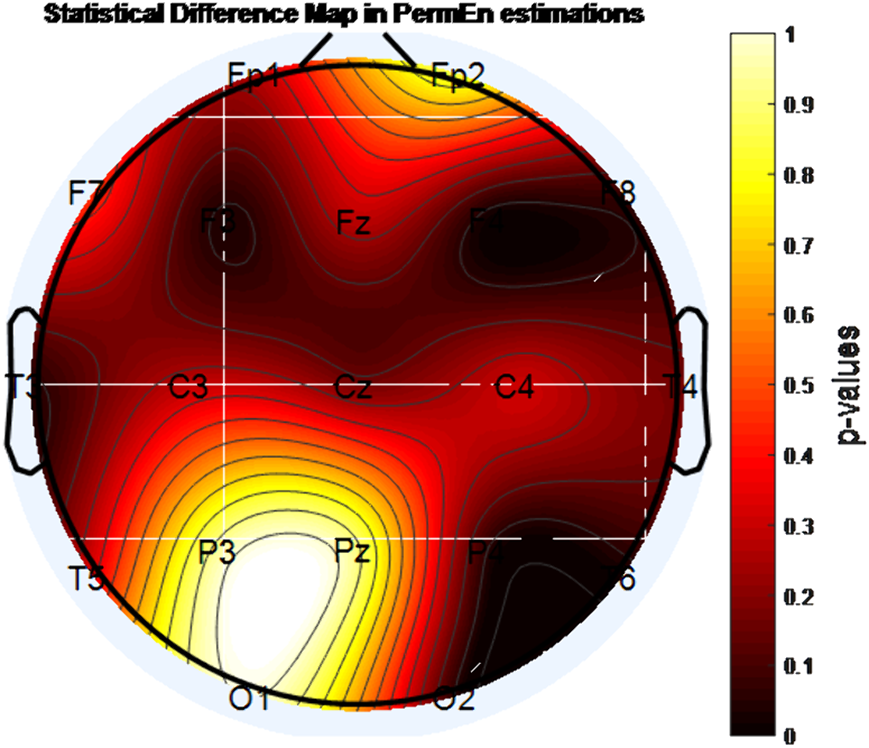Refine search
Actions for selected content:
63 results
Managing fatigue with methylphenidate and physical activity during cancer immunotherapy treatment
-
- Journal:
- Palliative & Supportive Care / Volume 24 / 2026
- Published online by Cambridge University Press:
- 22 December 2025, e1
-
- Article
-
- You have access
- Open access
- HTML
- Export citation
Effects of methylphenidate on growth, blood pressure, and heart rate in children and adolescents with ADHD
-
- Journal:
- Irish Journal of Psychological Medicine , First View
- Published online by Cambridge University Press:
- 21 October 2025, pp. 1-8
-
- Article
-
- You have access
- Open access
- HTML
- Export citation
Chapter 29 - Attention Deficit/Hyperactivity Disorder
-
-
- Book:
- Fundamentals of Clinical Psychiatry
- Published online:
- 02 January 2025
- Print publication:
- 16 January 2025, pp 298-310
-
- Chapter
- Export citation
Chapter 14 - Attention Deficit Hyperactivity Disorder
-
-
- Book:
- The Frith Prescribing Guidelines for People with Intellectual Disability
- Published online:
- 07 November 2024
- Print publication:
- 21 November 2024, pp 199-208
-
- Chapter
- Export citation
Randomised controlled trial of the short-term effects of osmotic-release oral system methylphenidate on symptoms and behavioural outcomes in young male prisoners with attention deficit hyperactivity disorder: CIAO-II study: commentary, Fazel
-
- Journal:
- The British Journal of Psychiatry / Volume 225 / Issue 3 / September 2024
- Published online by Cambridge University Press:
- 04 November 2024, p. 411
- Print publication:
- September 2024
-
- Article
-
- You have access
- HTML
- Export citation
The effect of long-term use of methylphenidate on cardiac autonomic functions and ventricular arrhythmogenesis: a prospective case–control study
-
- Journal:
- Cardiology in the Young / Volume 34 / Issue 1 / January 2024
- Published online by Cambridge University Press:
- 04 May 2023, pp. 32-36
-
- Article
- Export citation
Safety outcomes of selective serotonin reuptake inhibitors in adolescent attention-deficit/hyperactivity disorder with comorbid depression: the ASSURE study
-
- Journal:
- Psychological Medicine / Volume 53 / Issue 10 / July 2023
- Published online by Cambridge University Press:
- 20 February 2023, pp. 4811-4819
-
- Article
- Export citation
Toward Informed User Decisions About Pharmacological Cognitive Enhancement
-
- Journal:
- Cambridge Quarterly of Healthcare Ethics / Volume 31 / Issue 4 / October 2022
- Published online by Cambridge University Press:
- 18 November 2022, pp. 545-556
-
- Article
- Export citation
Methylphenidate for prison inmates with ADHD: yes or no?
-
- Journal:
- The British Journal of Psychiatry / Volume 222 / Issue 1 / January 2023
- Published online by Cambridge University Press:
- 20 October 2022, pp. 4-6
- Print publication:
- January 2023
-
- Article
-
- You have access
- HTML
- Export citation
A case of dissociative identity disorder and attention deficit hyperactivity disorder comorbidity
-
- Journal:
- European Psychiatry / Volume 65 / Issue S1 / June 2022
- Published online by Cambridge University Press:
- 01 September 2022, p. S471
-
- Article
-
- You have access
- Open access
- Export citation
NIRS Hemodynamic Response to Methylphenidate in Children with Attention Aeficit Hyperactivity Disorder: First Administration, Titration Phase and Associations with Clinical Severity
-
- Journal:
- European Psychiatry / Volume 65 / Issue S1 / June 2022
- Published online by Cambridge University Press:
- 01 September 2022, p. S54
-
- Article
-
- You have access
- Open access
- Export citation
Chapter 8 - Attention-Deficit/Hyperactivity Disorder in Prader-Willi Syndrome
-
-
- Book:
- Neuro-behavioral Manifestations of Prader-Willi Syndrome
- Published online:
- 26 May 2022
- Print publication:
- 16 June 2022, pp 68-76
-
- Chapter
- Export citation
Randomised controlled trial of the short-term effects of osmotic-release oral system methylphenidate on symptoms and behavioural outcomes in young male prisoners with attention deficit hyperactivity disorder: CIAO-II study
-
- Journal:
- The British Journal of Psychiatry / Volume 222 / Issue 1 / January 2023
- Published online by Cambridge University Press:
- 03 June 2022, pp. 7-17
- Print publication:
- January 2023
-
- Article
-
- You have access
- Open access
- HTML
- Export citation
Assessing and managing attention-deficit hyperactivity disorder in people with intellectual disability
-
- Journal:
- BJPsych Advances / Volume 28 / Issue 6 / November 2022
- Published online by Cambridge University Press:
- 25 April 2022, pp. 363-370
- Print publication:
- November 2022
-
- Article
-
- You have access
- HTML
- Export citation
A new player in the field: Methylphenidate in post-traumatic stress disorder treatment
-
- Journal:
- European Psychiatry / Volume 64 / Issue S1 / April 2021
- Published online by Cambridge University Press:
- 13 August 2021, p. S453
-
- Article
-
- You have access
- Open access
- Export citation
Increase in brain connectivity with methylphenidate treatment in boys diagnosed with attention deficit hyperactivity disorder: A coherence-based qeeg analysis
-
- Journal:
- European Psychiatry / Volume 64 / Issue S1 / April 2021
- Published online by Cambridge University Press:
- 13 August 2021, pp. S634-S635
-
- Article
-
- You have access
- Open access
- Export citation
Quality of life in a sample of schoolchildren with attention deficit and hyperactivity disorder
-
- Journal:
- European Psychiatry / Volume 64 / Issue S1 / April 2021
- Published online by Cambridge University Press:
- 13 August 2021, p. S231
-
- Article
-
- You have access
- Open access
- Export citation
The use of methylphenidate in vascular dementia: A case report
-
- Journal:
- European Psychiatry / Volume 64 / Issue S1 / April 2021
- Published online by Cambridge University Press:
- 13 August 2021, p. S426
-
- Article
-
- You have access
- Open access
- Export citation
Decrease in brain complexity with methylphenidate treatment in boys diagnosed with attention deficit hyperactivity disorder: An entropy-based qeeg analysis
-
- Journal:
- European Psychiatry / Volume 64 / Issue S1 / April 2021
- Published online by Cambridge University Press:
- 13 August 2021, pp. S633-S634
-
- Article
-
- You have access
- Open access
- Export citation
Use of methylphenidate in alzheimer’s dementia: Effect on apathy
-
- Journal:
- European Psychiatry / Volume 64 / Issue S1 / April 2021
- Published online by Cambridge University Press:
- 13 August 2021, pp. S425-S426
-
- Article
-
- You have access
- Open access
- Export citation





